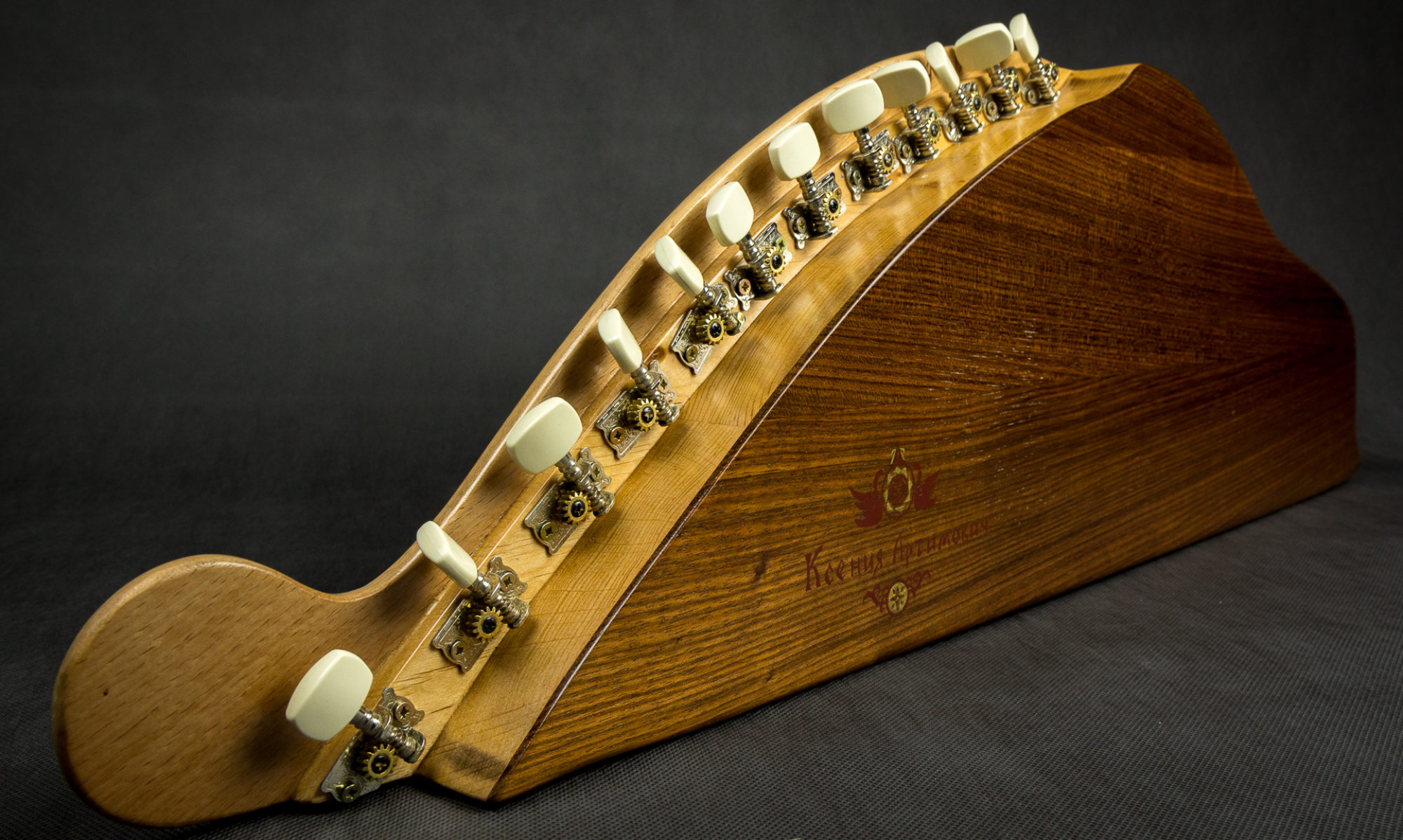The psaltery is a type of medieval zither. It is an ancient instrument is seen in many forms (trapezoidal, wing-shaped and hog-nosed to name a few). The instrument’s name may have began in the Middle East, around the Mesopotamia area, where Iran and Iraq are today. It is thought to be about three thousand years old, only slightly younger than the oldest stringed instrument, the harp.
to name a few). The instrument’s name may have began in the Middle East, around the Mesopotamia area, where Iran and Iraq are today. It is thought to be about three thousand years old, only slightly younger than the oldest stringed instrument, the harp.
Crusaders are believed to have brought it back to Europe, although there is no way to positively prove this. Derived from the Greek psallein meaning plucked with fingers. Early versions were simply a wooden board with gut strings stretched between pegs. According to historic sources, metal strings were made of bronze. Compared to steel, the bronze strings gave the instrument a bell-like sound. The strings are normally plucked with a plectrum, pick, or the fingernails. The player performed with the instrument on the lap on a table, or in front of the chest held with a strap around the neck if movement was needed.
Southern Europe, influenced by Moorish Spain, preferred the trapezoidal psaltery with three or four strings to a note. Northern psalteries tended to be triangular or wing-shaped and single or double-strung. Like most other instruments of the time, the psaltery had no specific repertory, but was used to play whatever music the occasion demanded. It was referred to frequently in lists of musicians and instruments and in the art of the time. The psaltery was widely used until about 1500. After the 1500’s it could not compete with the chromaticism of the Renaissance era, so was used less as time passed. It is thought that the psaltery evolved into the harpsichord, hammered dulcimer and then went through mechanization process producing the pianoforte, which became, of course, the piano.
The psaltery is the cornerstone upon which the most commonly played stringed instrument, the piano, is built. Due to its reference in the bible some scholars believe, psalteries like harps were acceptable for ladies of court to play.
Psaltery music has its own interesting story.
Approximately two hundred years
after its arrival in Europe, someone figured out that if they made marks on a material thin enough to slide under the strings, they would not have to remember the music being played. Original psaltery music, some of which has survived, fits under the strings similar to modern psaltery. The big difference between the old and new music is that in the old music, all of the notes were completely drawn by hand. Knowing that the modern musical staff arose approximately one hundred years after written psaltery music, historians believe that one day someone looked at the notations on lines for the psaltery music and figured out that if they used the spaces in between the scale could be compressed and, therefore, useful for instruments with larger range.
In other words, though it cannot be proven, it is a logical assumption that not only did psalteries spawn pianos, but also begat the entire method of music notation (sheet music) used by all instruments and performers in the modern world.


This website is really awesome.